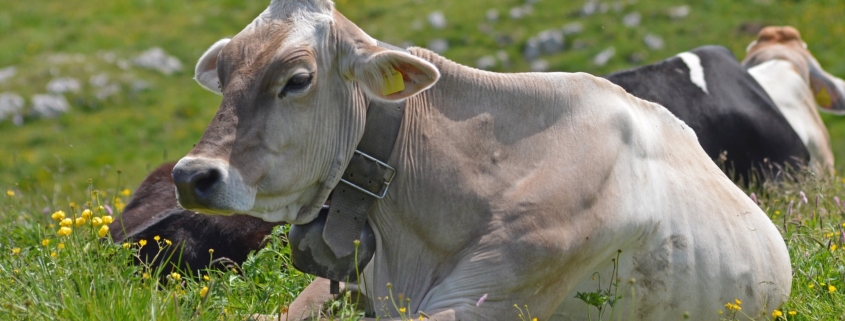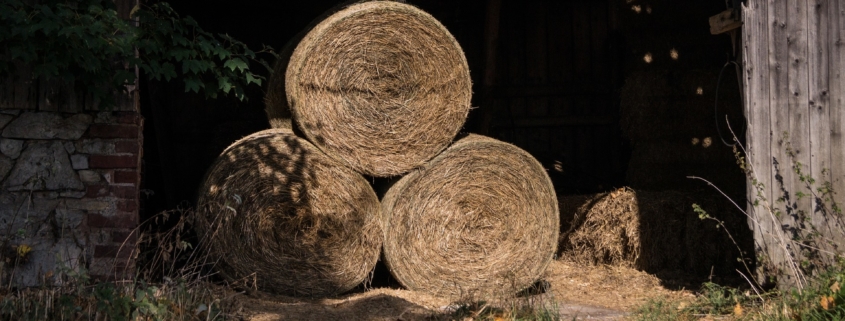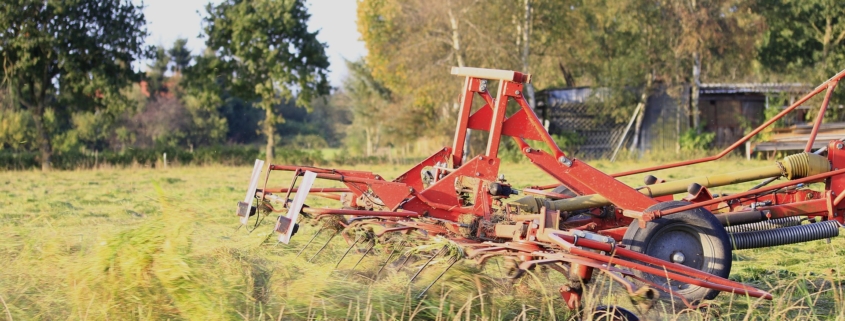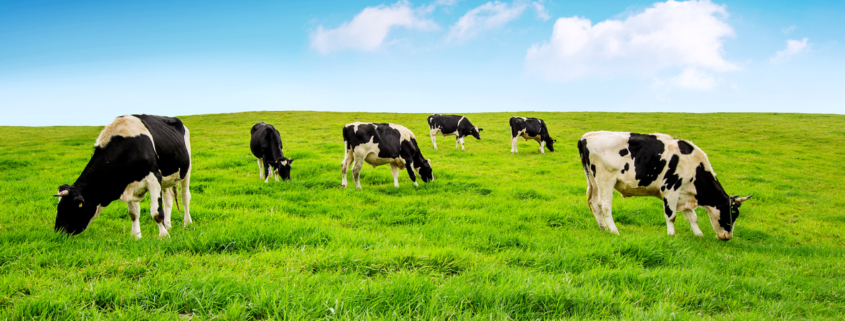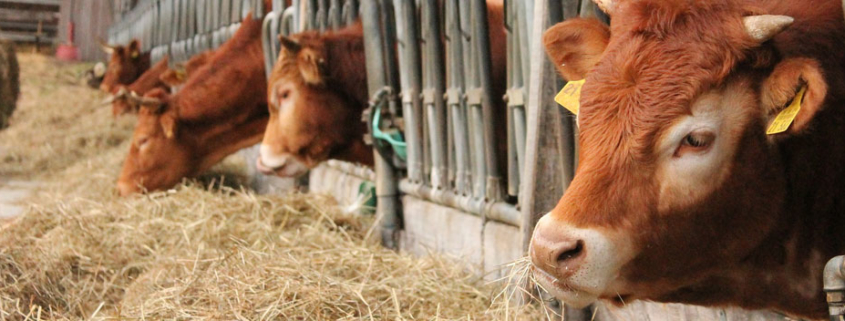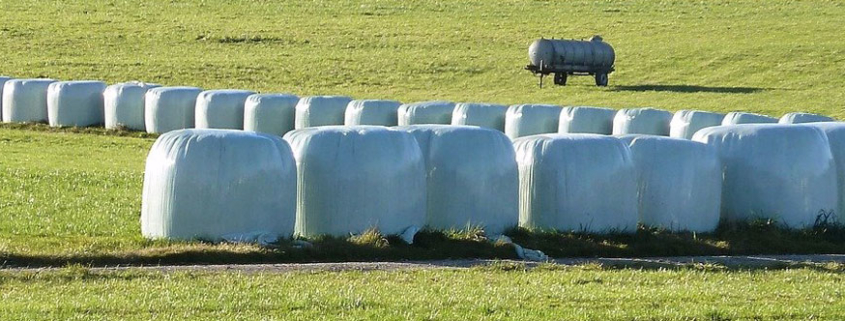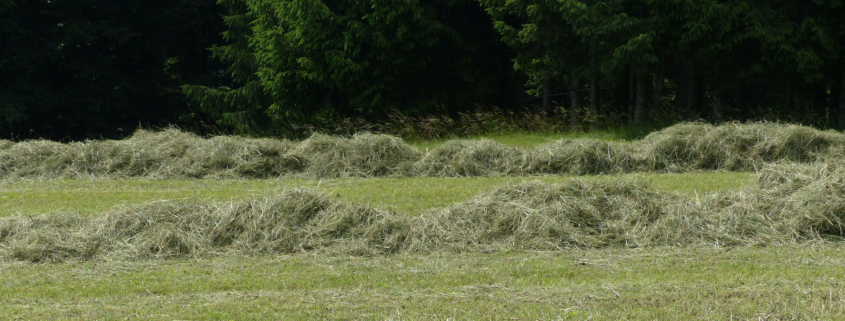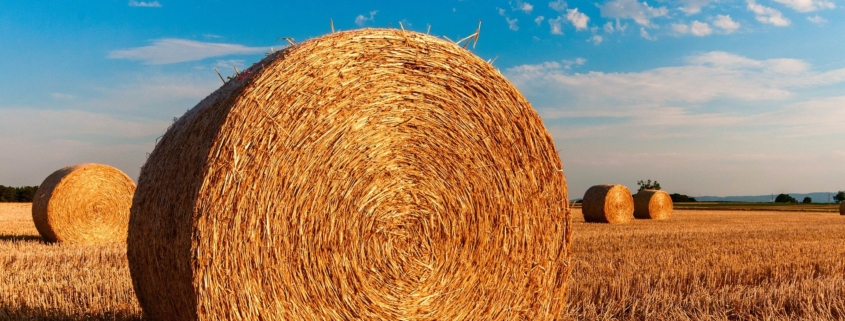Advanced planning in late summer allows you to develop a strategy for stockpiling a portion of perennial pastures.
Knowing when to start feeding hay to beef cows may seem like a no-brainer, but it is a bit more complicated than many expect.
A critical issue that forage growers face is converting high quality standing forage from the field into quality livestock feed suitable for storage.
While there are many instances where the phrase “everything in moderation” applies quite nicely, this is not the case with forage windrows.
Producers are often unaware that high amounts of nitrate – found mostly in concentrated grass stems – can result in almost immediate death. Nitrate can turn into nitrite in a cow’s rumen. When this occurs, the nitrite in the blood prevents oxygen uptake. This leads to a lack of oxygen and death.
While you probably spend a lot of time trying to figure out how much hay your cows eat, the better strategy is to focus on hay waste. Hay waste includes parts of bales that spoil while stored, hay that is dropped on its way to the feeder and hay that goes unused during feeding. It comes down to this fact: If you want to know if your cows’ nutritional needs are being met, feed efficiency is key.
Corn silage contains grain and forage. This allows for dense energy from kernels and rumen-stimulating fiber from husks, leaves, and stalks. High-quality corn silage begins with the correct hybrid selection, careful management in the field, and correct packing and covering. Specifically, quality corn silage comes down to five key elements:
Hay tedding has been around for centuries but fell out of favor when it was seen as leading to leaf loss. However, it turns out that hay tedding may have gotten a bad rap and producers today are taking a new look at its benefits.
In the simplest terms, hay tedding is when hay is lifted and separated to speed up drying time. The faster the hay is dried, the more flexibility it is believed to offer hay producers. This, in turn, results in a higher quality forage.
In 2014, hay prices skyrocketed across the country. In 2016, the opposite occurred. Since these two eventful years, hay prices have remained relatively stable, however. Nevertheless, every year it is possible for there to be large upward or downward movement on hay prices. And while predicting what these prices will look like is no exact science, there are still a couple of factors that are worth examining.


